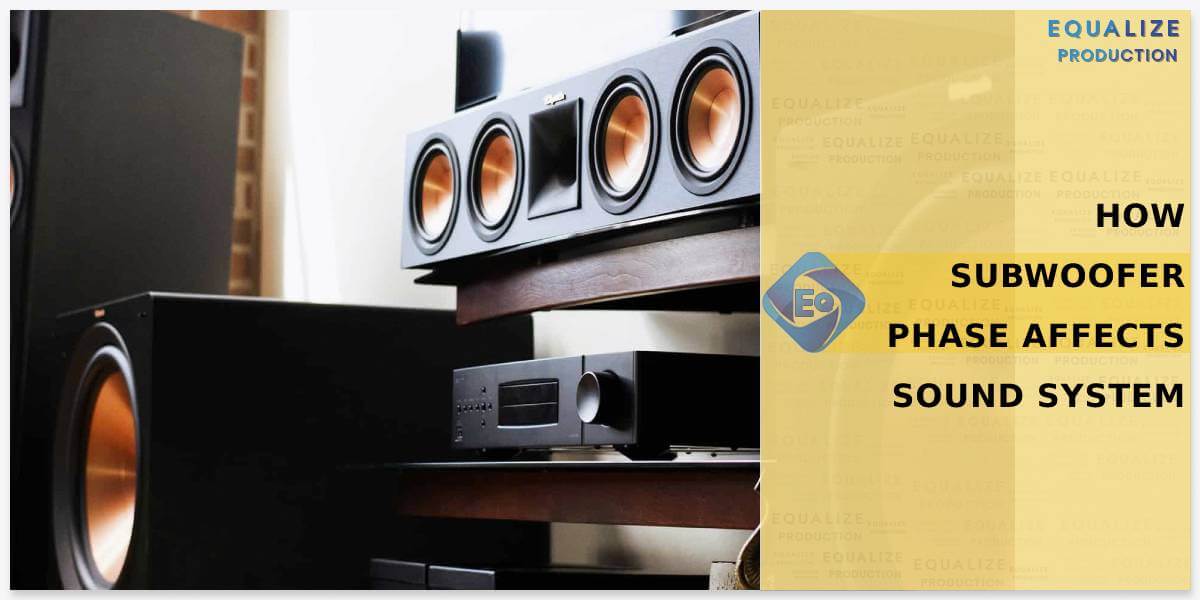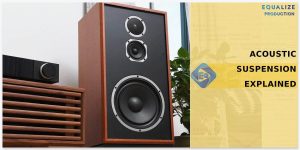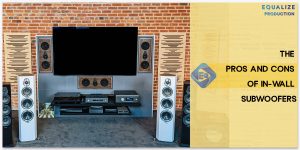Have you ever wondered how the subwoofer phase affects your sound system? In the realm of audio, the term “subwoofer phase” holds a significant role in shaping the quality of the sound you experience. It’s like fine-tuning a musical instrument to achieve perfect harmony. In this article, I will share with you the concept of phase in relation to sound and explore its importance in reproducing the low-frequency wonders of subwoofers.
Basic understanding of phase
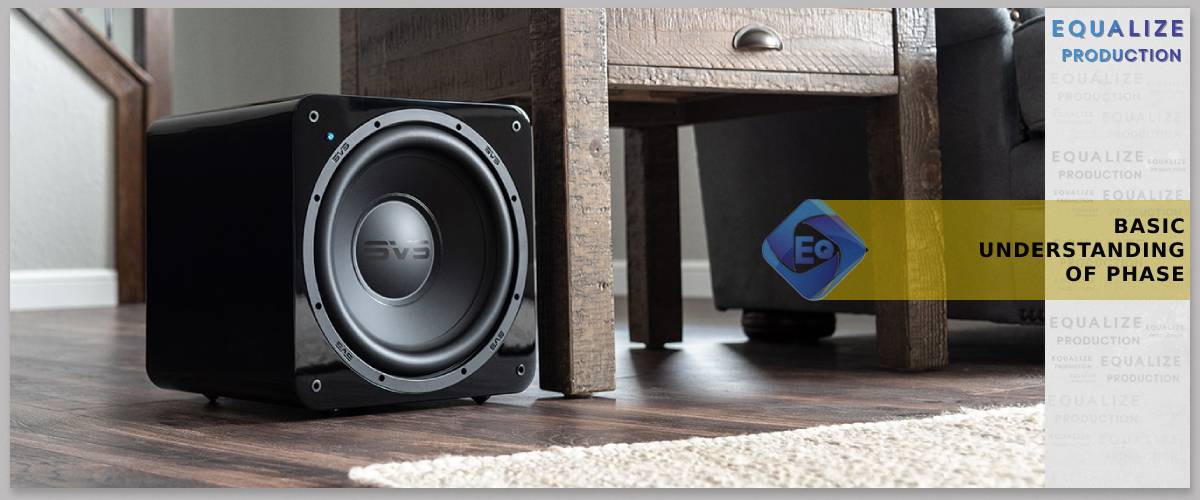
To comprehend the concept of phase in sound, imagine it as the synchronization of sound waves over time. It’s akin to the precise coordination of dancers in a ballet, ensuring that their movements are perfectly in sync. In the world of audio, phase refers to the alignment of these sound waves in relation to time.
Phase is typically represented in degrees, with 0° and 180° being the most commonly encountered values. When two sound waves are perfectly in phase (0°), their peaks and troughs align, reinforcing each other and resulting in constructive interference, making the sound louder. Conversely, when they are 180° out of phase, their peaks align with troughs, leading to destructive interference and a reduction in sound intensity.
Now, let’s bring this concept closer to subwoofers. In the context of subwoofer systems, the importance of phase alignment becomes evident. When the phase of a subwoofer is precisely aligned with the main speakers, the low-frequency sound waves they produce work together harmoniously. This alignment ensures that the bass frequencies from the subwoofer integrate seamlessly with the overall sound, enhancing the audio experience.
To sum up, understanding and properly managing phases in a sound system, especially when it comes to subwoofers in either normal or reverse phase, is important for achieving optimal audio fidelity. It’s all about ensuring that every element of the sound dances in perfect harmony, delivering an immersive and enjoyable listening experience.
Phase misalignment: causes and effects
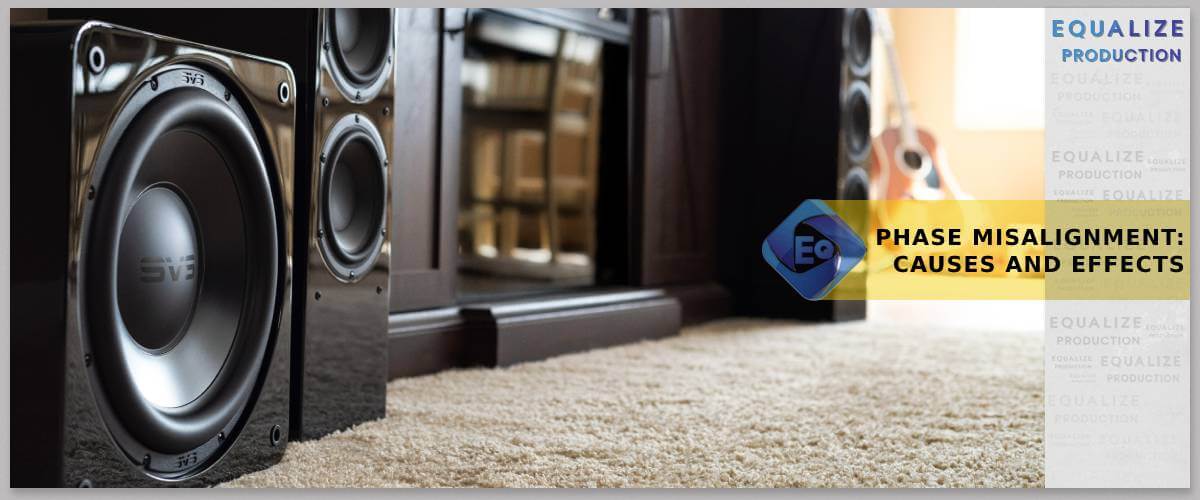
Sources of misalignment:
- Room acoustics. The acoustic properties of the room can influence phase alignment. Reflections, echoes, and resonances can cause sound waves to arrive at different times, leading to phase discrepancies.
- Subwoofer placement. The physical location of the subwoofer in the room is critical. Placing it in a position where it interacts with room boundaries can lead to phase issues due to reflected sound waves.
- Crossover settings. Misconfigured crossover settings, which determine which frequencies are sent to the subwoofer and main speakers, can cause phase misalignment if not set correctly.
Auditory effects of phase misalignment:
- Weak bass response. Phase misalignment between the subwoofer and main speakers can result in weakened bass output. This occurs when sound waves from the subwoofer and main speakers interfere destructively, reducing the overall bass intensity.
- Lack of bass presence. In extreme cases of misalignment, the bass frequencies can cancel each other out entirely, leading to a perceived absence of bass in the audio.
- Syncing issues. Phase misalignment can also lead to synchronization problems, where certain frequencies arrive out of sync with the rest of the audio, causing a disjointed listening experience.
The subwoofer phase control
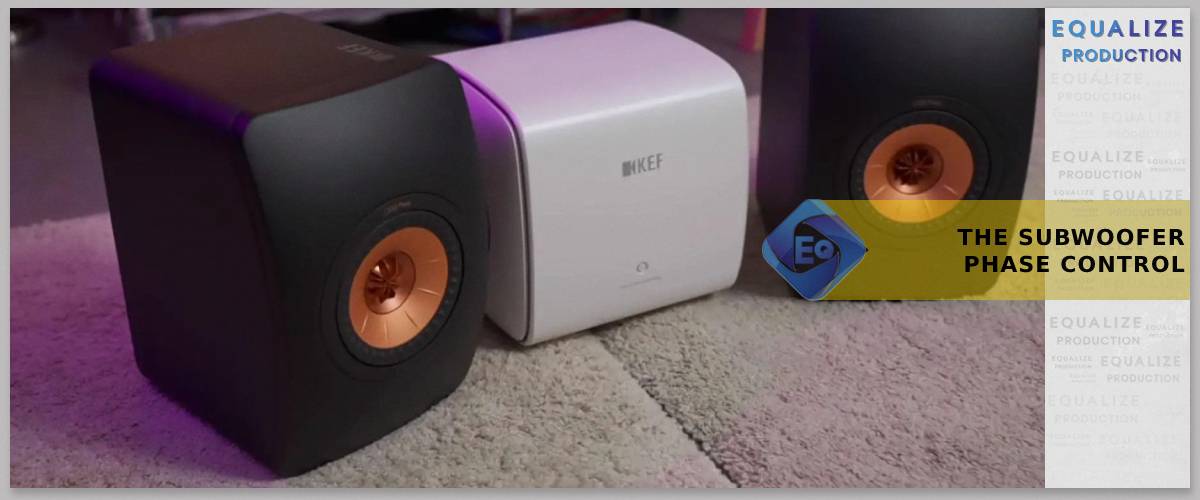
In the pursuit of achieving the perfect synergy between your subwoofer and main speakers, understanding what phase means on a subwoofer becomes essential. The sub phase control, commonly found on many subwoofers and AV receivers, emerges as an important tool.
Typically, on subwoofer you can set 0° or 180° phase:
- 0°: This setting means that the subwoofer’s sound waves are in phase with the main speakers, with their peaks and troughs perfectly synchronized. This results in constructive interference and reinforces the bass frequencies.
- 180°: In this setting, the subwoofer’s sound waves are intentionally shifted by half a wavelength, so their peaks align with the troughs of the main speakers’ sound waves. This creates destructive interference, which can be useful when phase issues arise due to subwoofer placement or room acoustics.
Advanced topics: absolute vs relative phase
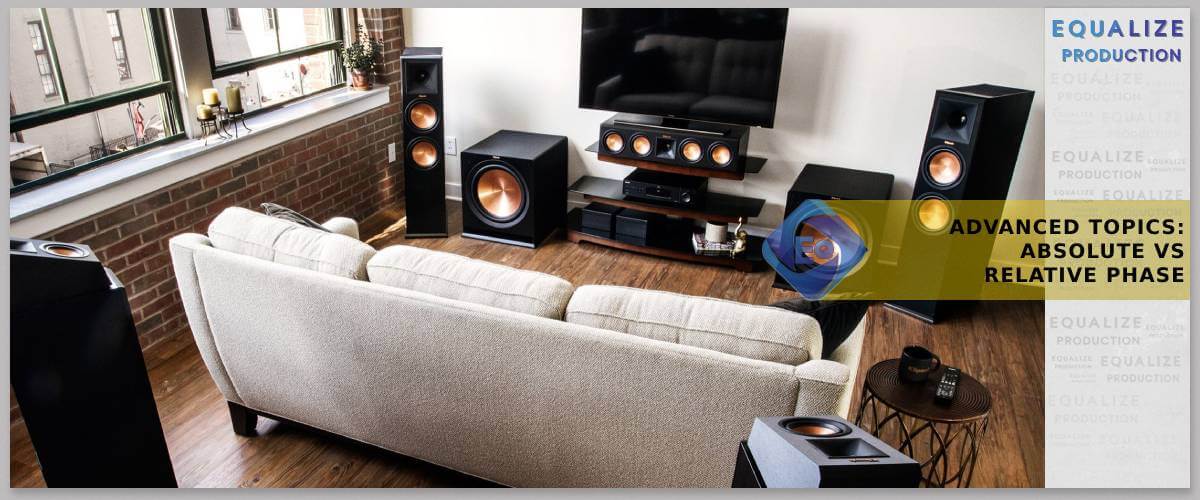
Absolute phase refers to the absolute timing of a sound wave, typically measured in degrees, relative to a reference point (usually the original audio signal). In most audio systems, the absolute phase is not as audible to the human ear as the relative phase, and its effects are often subtle.
The relative phase is more critical when aligning a subwoofer with the main speakers. It involves the phase relationship between the subwoofer and the main speakers, determining whether they are in or out of sync.

